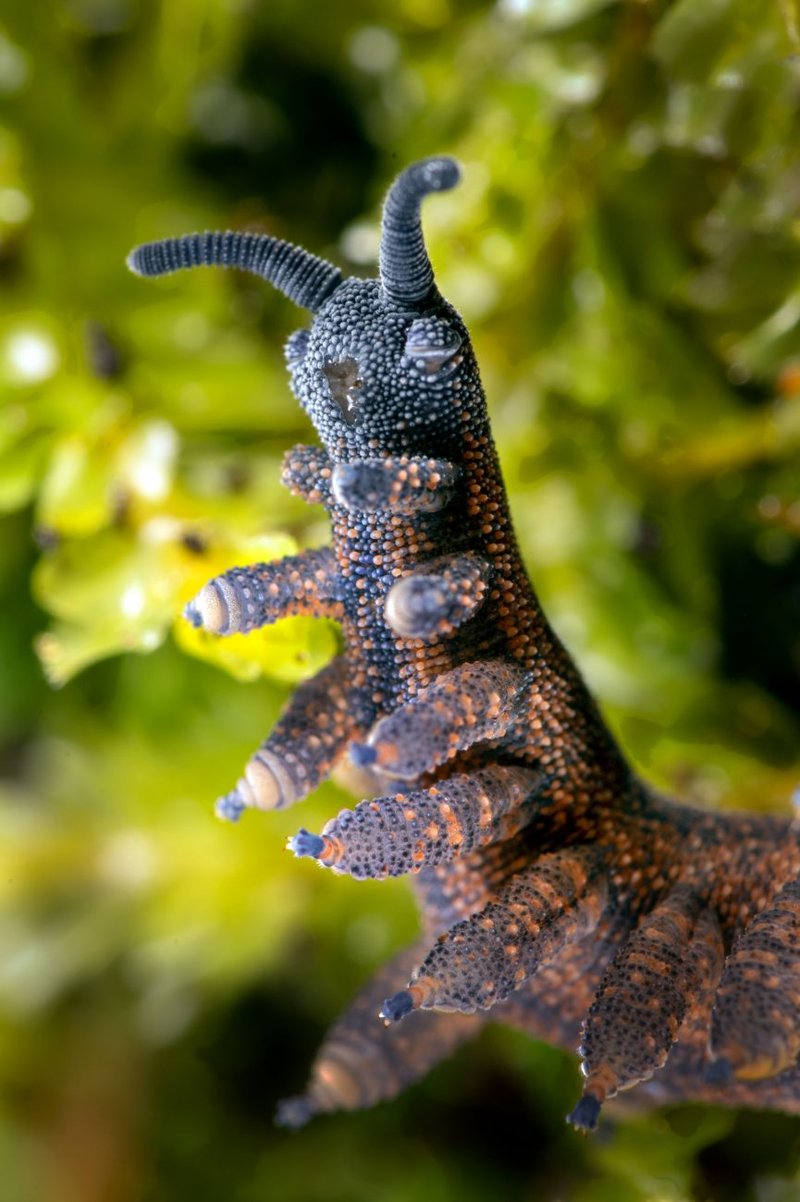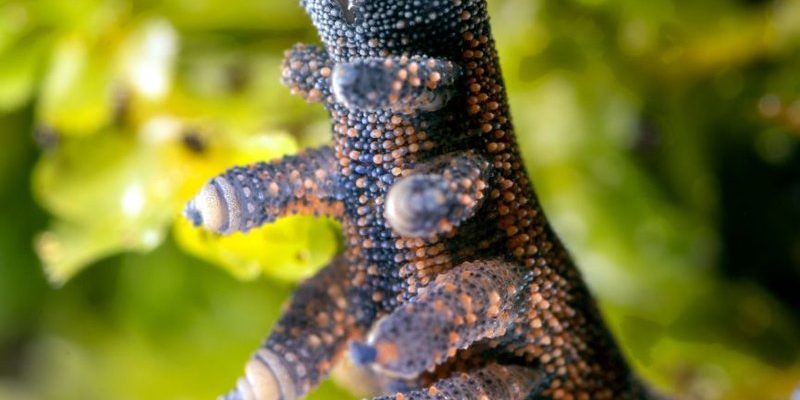
The nervous system of velvet worms is not only interesting but also a bit complex. It’s quite different from ours and showcases the incredible diversity of life on our planet. As we explore this topic together, I’ll break down the unique features of these animals so that even if you’re completely new to biology, you’ll be able to understand how these little critters function. So, let’s get started!
What Are Velvet Worms?
Velvet worms, known scientifically as *Onychophora*, belong to a group of animals that sit somewhere between arthropods and annelids on the evolutionary tree. They have soft, velvety bodies and can measure from a few centimeters to about 20 centimeters long. Picture a little creature that’s part caterpillar, part slug. They thrive in moist environments like rainforests and are most active at night when they hunt.
These animals have a curious way of catching their prey. They use a fascinating method involving a sticky slime they shoot out of their mouths. This slime can ensnare insects, allowing the velvet worm to consume its meal with a surprising delicacy. So, while you might think of worms as squishy and harmless, velvet worms have a bit of a wild side!
How Does the Nervous System Work in Velvet Worms?
Velvet worms possess a **centralized nervous system** that is quite different from many other animals. They have a series of connected nerve cords along their bodies, which help them respond quickly to stimuli. Think of it as having a computer with several USB ports—each port allows for different types of connections to help process information.
Their nervous system enables them to coordinate movements and react to their surroundings effectively. Each segment of their body has a pair of ganglia, which are like little brain stations that process signals. This setup allows velvet worms to move smoothly and efficiently, despite their squishy appearance.
Unique Features of Velvet Worms’ Nervous Systems
One of the most fascinating aspects of velvet worms is their **use of neuropeptides**. These are small proteins that play a crucial role in sending signals across their nervous system. Imagine them as tiny messengers delivering important information between cells. The presence of neuropeptides helps velvet worms regulate their bodily functions, making them adapt more easily to changing environments.
Moreover, the way these creatures move is partly due to their nervous system’s structure. Their nerves control various muscles throughout their bodies, allowing them to glide smoothly across surfaces. If you’ve ever watched a cat slink stealthily through the grass, you can understand how effective this coordinated movement can be for hunting.
Comparing Velvet Worms with Other Invertebrates
When comparing velvet worms to other invertebrates, you’ll find some striking differences. For example, insects and spiders, which are also part of the arthropod family, exhibit a more complex nervous system featuring a brain with centralized control. Velvet worms, on the other hand, have a more decentralized model.
While insects rely on their highly developed brains for quick responses, velvet worms depend on their nerve cords and ganglia. This difference can influence how each group interacts with their environment. Insects might dart quickly to evade predators, while velvet worms opt for a more patient, stealthy approach.
How Velvet Worms Fit into the Ecosystem
Understanding velvet worms isn’t just about their biology; it’s also about their role in the ecosystem. These creatures contribute to the health of their environment by controlling insect populations. By preying on smaller insects, they help maintain a balance in their ecosystem.
Additionally, velvet worms are a food source for various predators, including birds and other larger invertebrates. So, in a way, they are key players in the food web. Without them, ecosystems could be unbalanced, leading to overpopulation of certain insect species.
Research and Conservation Efforts
As intriguing as velvet worms are, they face threats from habitat loss and climate change. Many species are at risk due to deforestation and human activity. Current research is working to understand their biology better and how we can protect their habitats.
Scientists are also studying the unique properties of velvet worm slime, which has potential applications in medicine and biotechnology. By understanding these creatures more deeply, we can also find ways to conserve their habitats and protect their future.
Why Velvet Worms Matter
So, why should we care about velvet worms and their unique nervous systems? Beyond the basic curiosity they inspire, these creatures offer insights into the evolution of nervous systems throughout the animal kingdom. Studying them helps scientists understand how different systems evolved to adapt to various environments.
Plus, by appreciating the smaller creatures in our ecosystems, we can gain a deeper understanding of biodiversity. Every species plays a part, no matter how small or odd it may seem. Velvet worms are a perfect example of how diversity in life forms contributes to the functioning of our planet.
As we wrap up our exploration of velvet worms and their fascinating nervous systems, remember that these little creatures remind us of the incredible diversity of life around us. They may not be the most well-known animals, but they play an important role in the ecosystem and provide scientists with a wealth of knowledge. So, next time you think of worms, consider the velvet worm—nature’s quirky little gem.

